A masked margravineThe costume portraits
Masked balls were a favorite in the Baroque period, as evidenced by the costumed portraits on the third floor of Favorite Palace. The small yet detailed paintings depict Margravine Sibylla Augusta, her husband Ludwig Wilhelm, and a young prince, in costume.



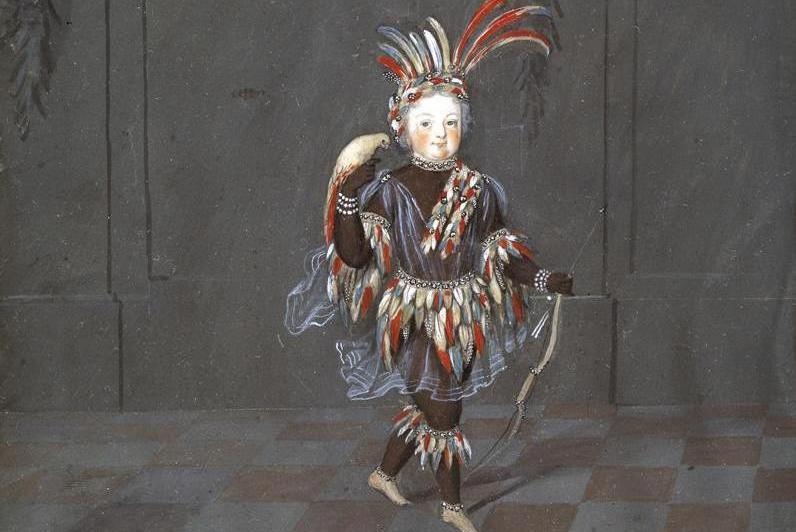
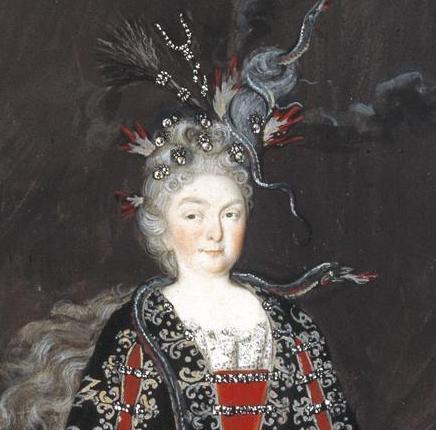
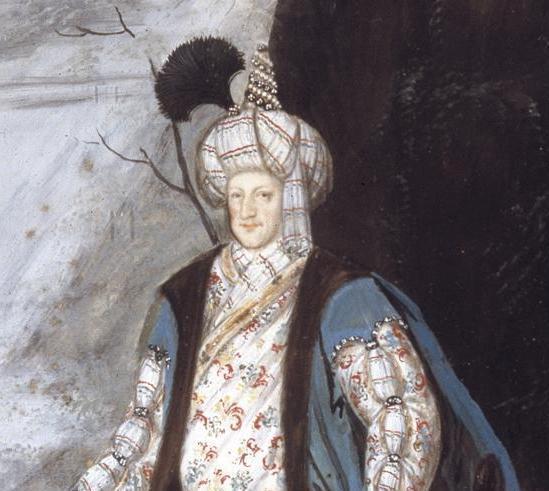
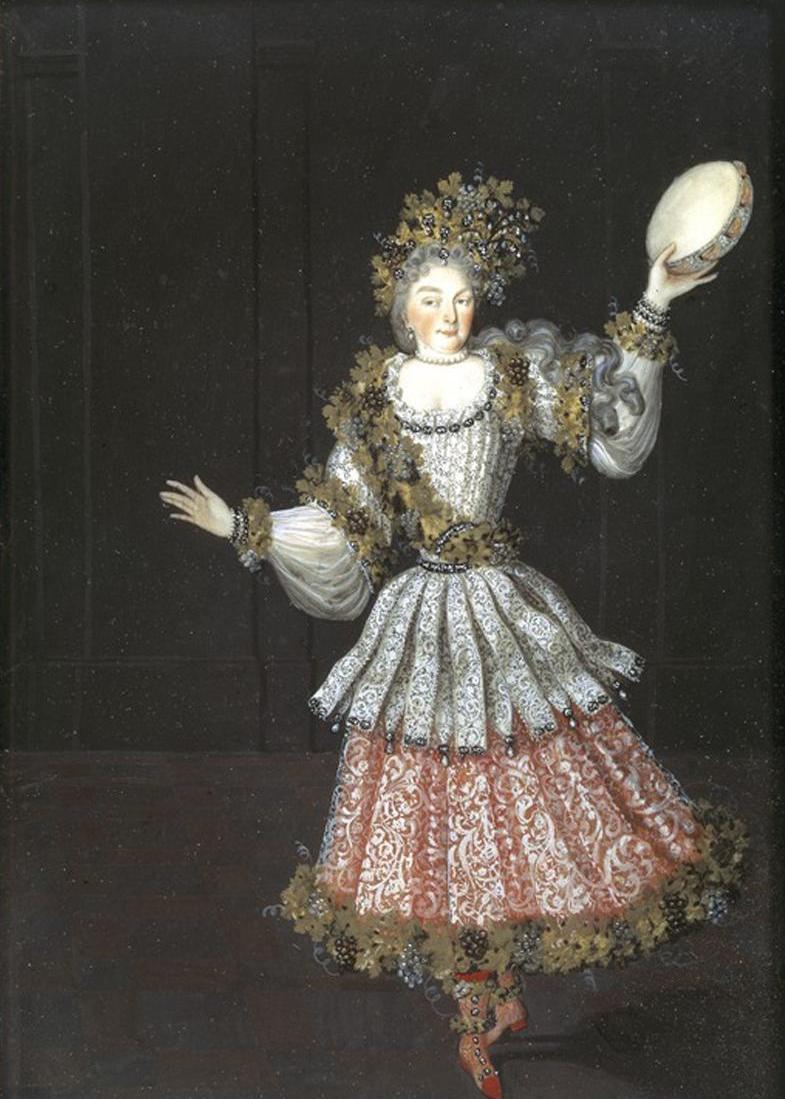
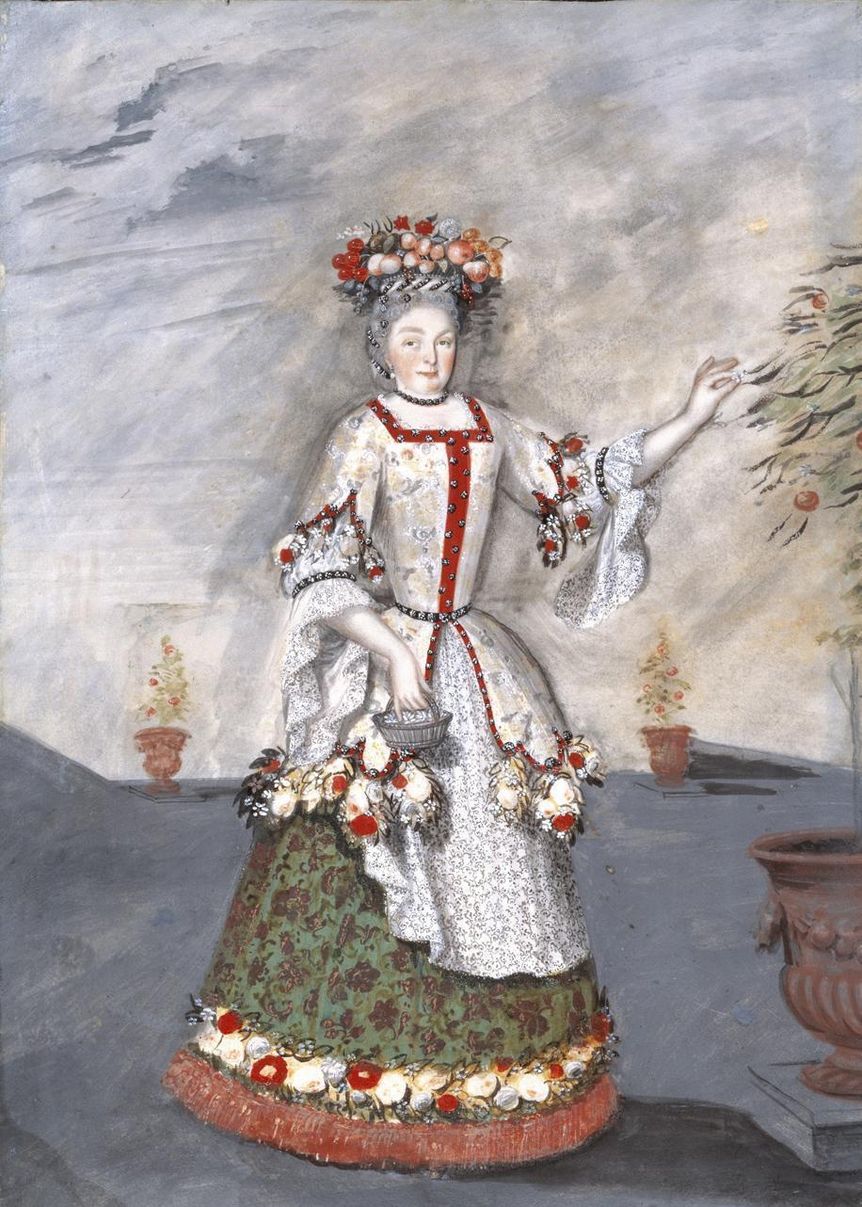
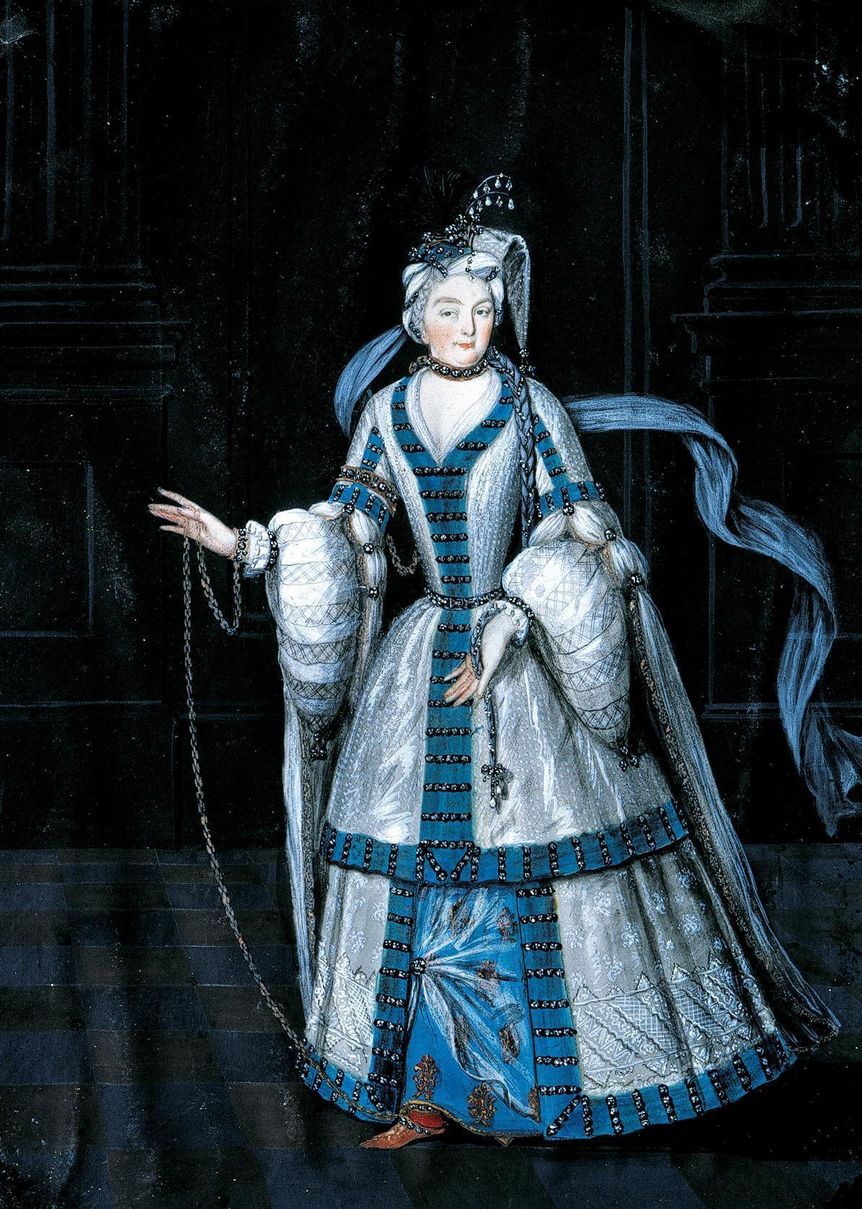
![[Translate to Englisch:] [Translate to Englisch:]](/fileadmin/_processed_/f/1/csm_34_rastatt-sf_detail_chinesisches-fest-kupferstich-18._Jh.-LMZ970274_foto-ssg-arnim-weischer_1800_1ccf4f0109.jpg)